1. Owls as Thieves of Dreams
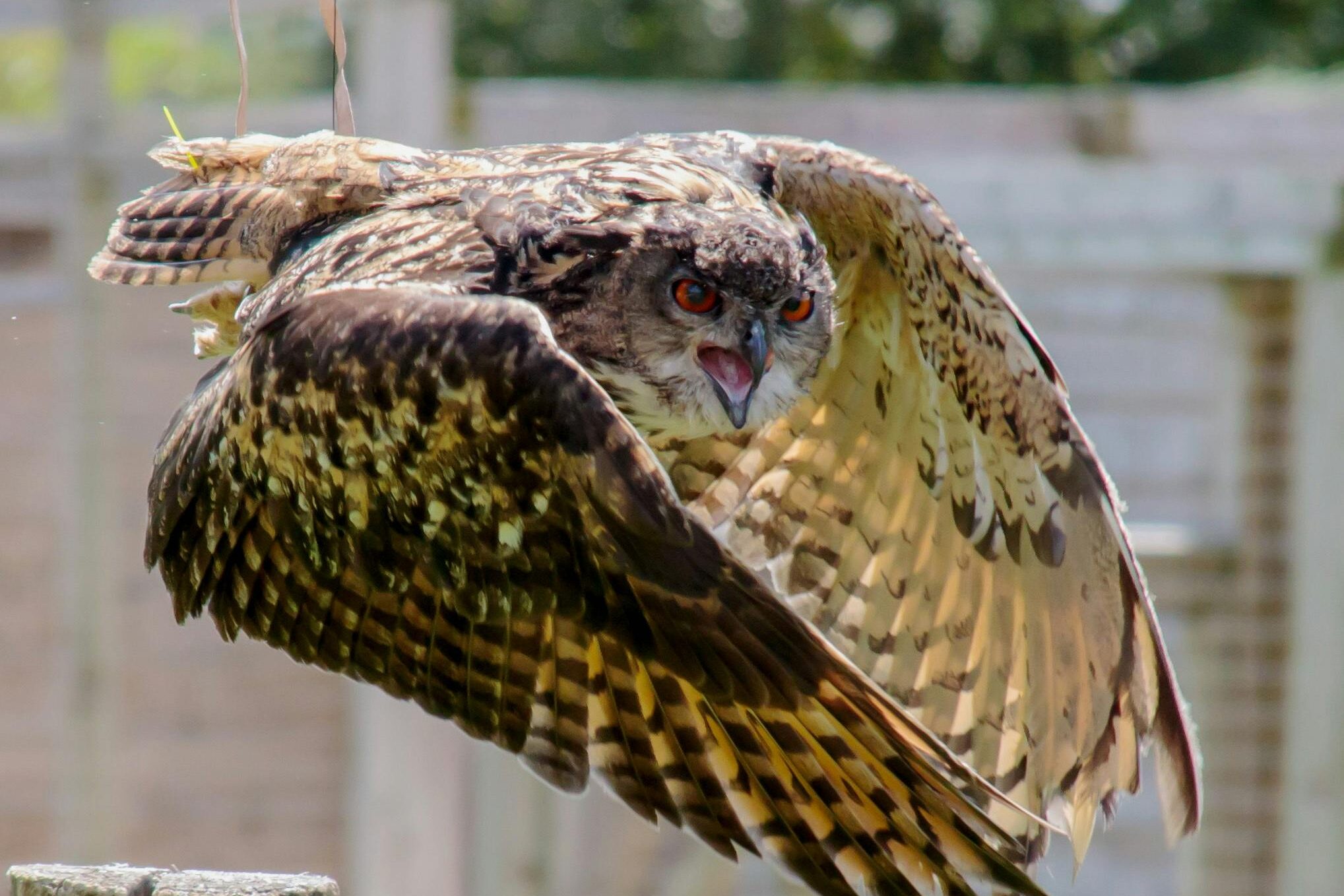
In some old stories, owls weren’t just night hunters, they were believed to slip into homes and steal people’s dreams. If someone had a string of nightmares, elders might whisper that an owl had perched nearby and carried their good dreams away. This gave the bird an almost supernatural role, turning its nightly presence into something personal and unsettling. People thought their cries outside the window weren’t random at all, but signals that the dream world was being disturbed.
The idea spread across generations because dreams were such a mystery, and owls were already tied to the unknown. Their silent flight made it easy to imagine them sneaking into the invisible world of sleep. Parents even warned children to cover their heads at night so an owl couldn’t “sip” their dreams through the air. Instead of being just mysterious birds, owls became unwelcome nighttime visitors blamed for restless sleep and bad omens.
2. Owls as Witches’ Familiars
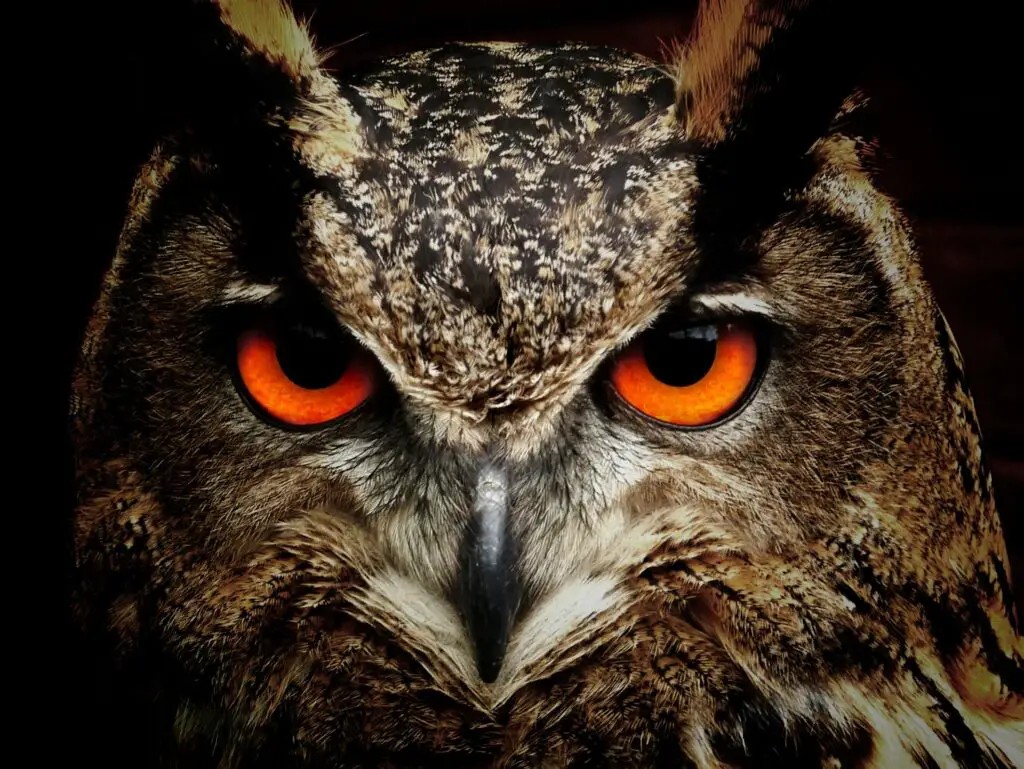
During the height of witch hysteria in Europe, owls often became tangled in the fear surrounding witches. People thought witches transformed into owls to fly silently through the night. Others believed witches used them as loyal animal companions, sharing secrets and aiding in spells. Their silent flight and glowing eyes made the connection feel almost too perfect for fearful villagers. If an owl perched near a home, it could be accused of being a witch in disguise.
Generations of children grew up hearing these tales, which turned owls into deeply mistrusted creatures. Even nursery rhymes and old ballads hinted at the bird’s association with witchcraft. In some regions, just spotting an owl at dusk caused panic, leading to superstitious rituals meant to ward off evil. Instead of being celebrated for their role in balancing ecosystems, owls were lumped together with dark forces. The myths helped fuel unnecessary fear and suspicion for centuries.
3. The Soul-Stealing Gaze
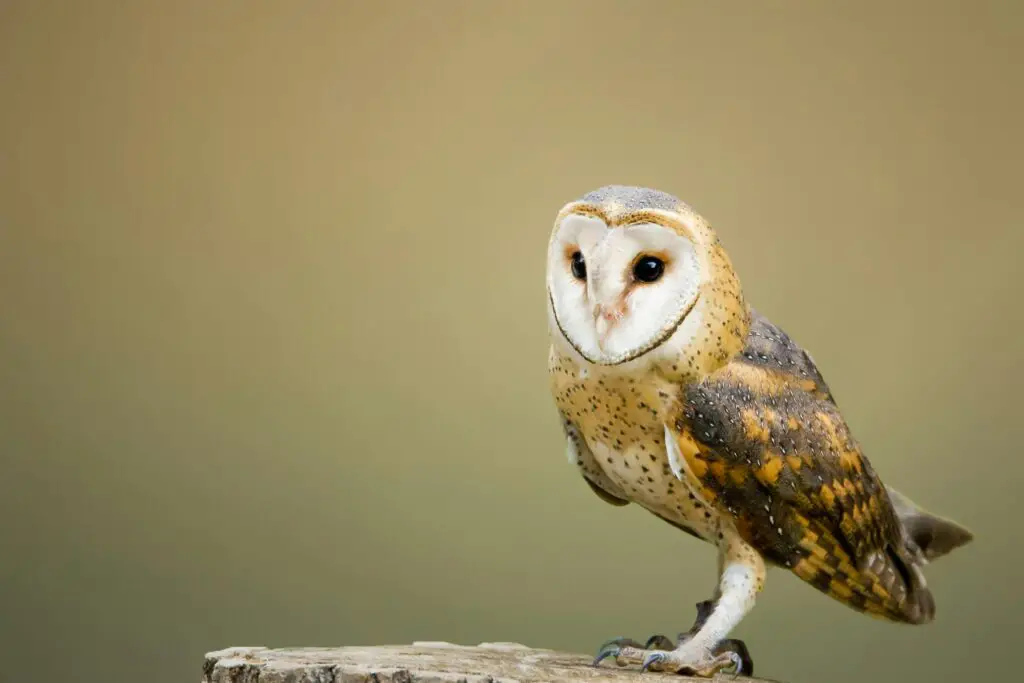
Another chilling myth suggested that owls could steal a person’s soul by staring into their eyes. Their large, round eyes seemed almost human, which unnerved people who were already suspicious of nighttime animals. Folklore held that if you locked eyes with an owl, your spirit could weaken or even leave your body. Parents often used this tale to keep children from wandering outside after dark.
The story spread because owls really do have an unblinking, piercing gaze, and it’s easy to see why it would inspire unease. Tales of souls being stolen lasted through generations, often told by candlelight as cautionary bedtime stories. It added to the eerie mystique that already surrounded owls. Instead of admiration, their impressive eyesight became a source of fear. This myth turned a natural feature into something sinister that carried across cultures.
4. Owls as Graveyard Guardians
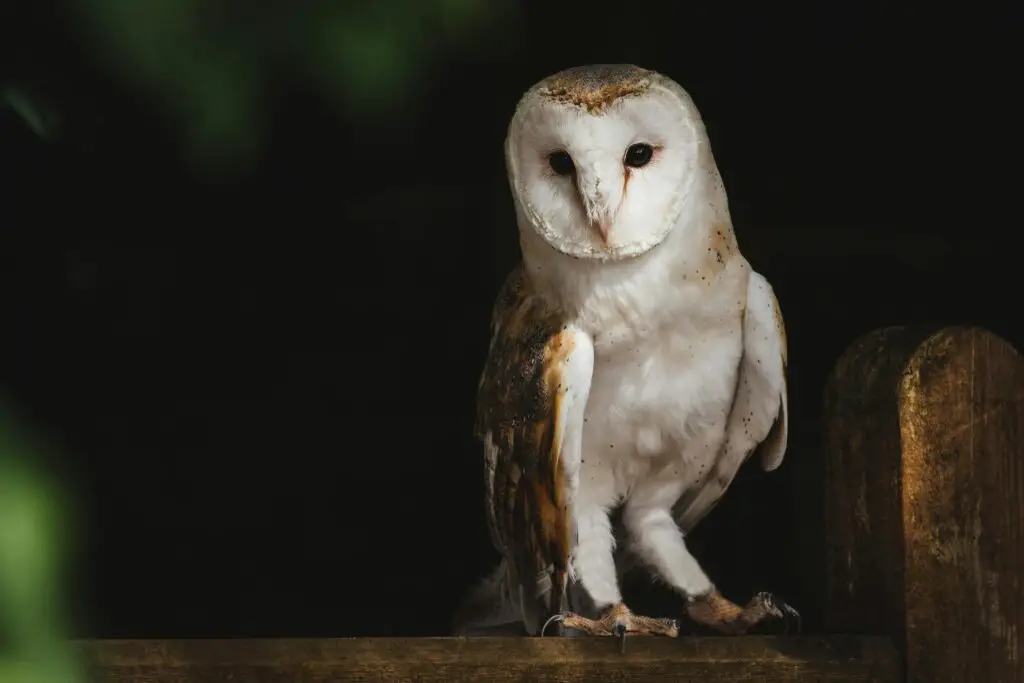
In many communities, people believed owls lived in graveyards not by chance, but because they guarded the dead. Their nighttime calls were said to keep restless spirits in check. Others thought they guided souls safely to the afterlife, their eerie cries acting as a form of spiritual communication. Walking past a cemetery at night and hearing an owl could be enough to freeze someone in their tracks.
The idea of owls being linked with cemeteries gave rise to countless ghost stories. Children were told to avoid burial grounds after dusk, not only because of spirits but also because the owl would be watching. This myth lasted through generations because the birds did indeed roost in graveyard trees, hunting rodents. Their presence fed into the fear of the supernatural. It’s a powerful example of how natural behavior can get woven into frightening folklore.
5. Owls as Warnings of War
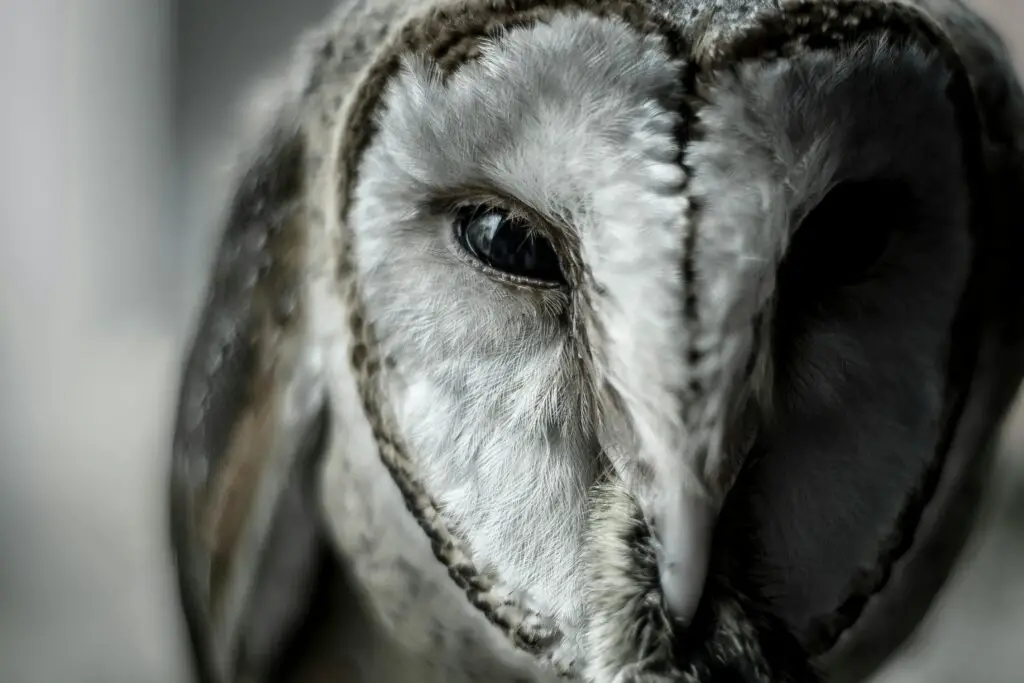
Some ancient societies interpreted owl sightings as warnings of impending conflict. The Romans, for example, took owl appearances very seriously. Legends say that before important battles, owls were spotted near camps and taken as signs of bloodshed. Generals and soldiers alike saw the bird as a messenger of chaos. Families at home believed owls flying overhead meant their loved ones might never return.
Generations later, similar myths survived in other parts of the world. In rural villages, if an owl flew across the path of traveling soldiers, it was enough to send shivers down spines. The connection between owls and war became so deeply ingrained that even peaceful calls at night could stir anxiety. These myths gave the bird a reputation far darker than it deserved. Their natural hunting routines were twisted into ominous forecasts of death and destruction.
6. Owls as Carriers of Ghosts
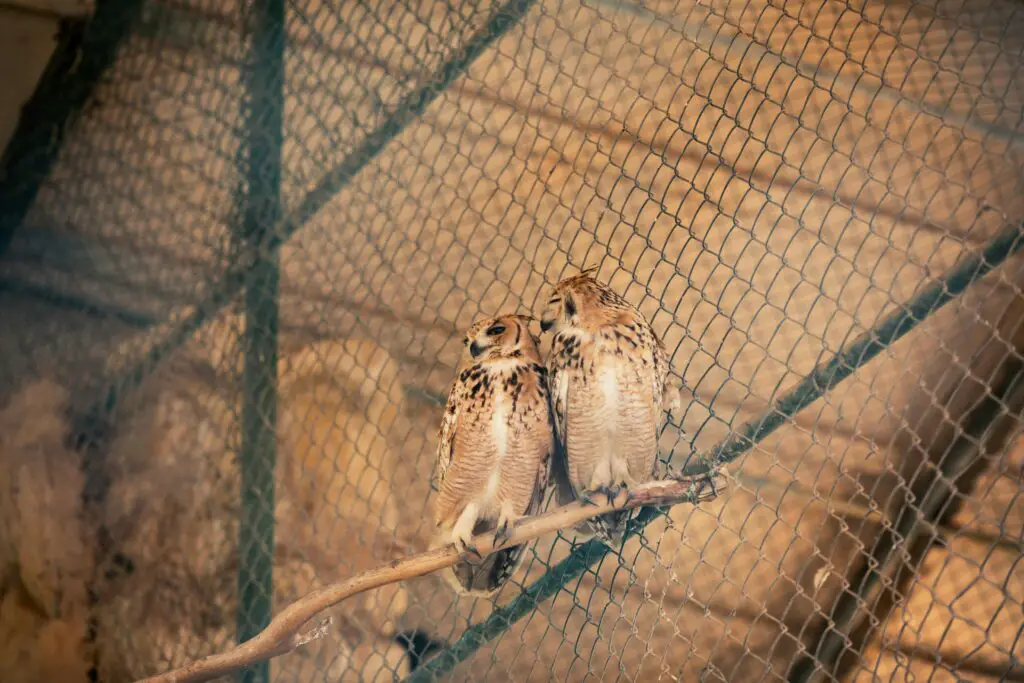
Some cultures believed owls weren’t just associated with spirits, but actually carried them. When an owl swooped silently through the night, people thought it was transporting souls on its wings. The hollow sound of their call was said to be the voices of the dead speaking through them. Entire stories were built around the idea of owls being supernatural couriers.
Generations of families repeated these tales as reminders of the thin veil between the living and the dead. This myth gave owls a chilling, otherworldly role in folklore. Instead of simply hunting, their flight became loaded with spiritual meaning. People avoided owls for fear of disturbing whatever ghostly passengers they might be carrying. The myth turned them into literal in-between creatures, neither fully of this world nor the next.
7. The Owl as a Shape-Shifter
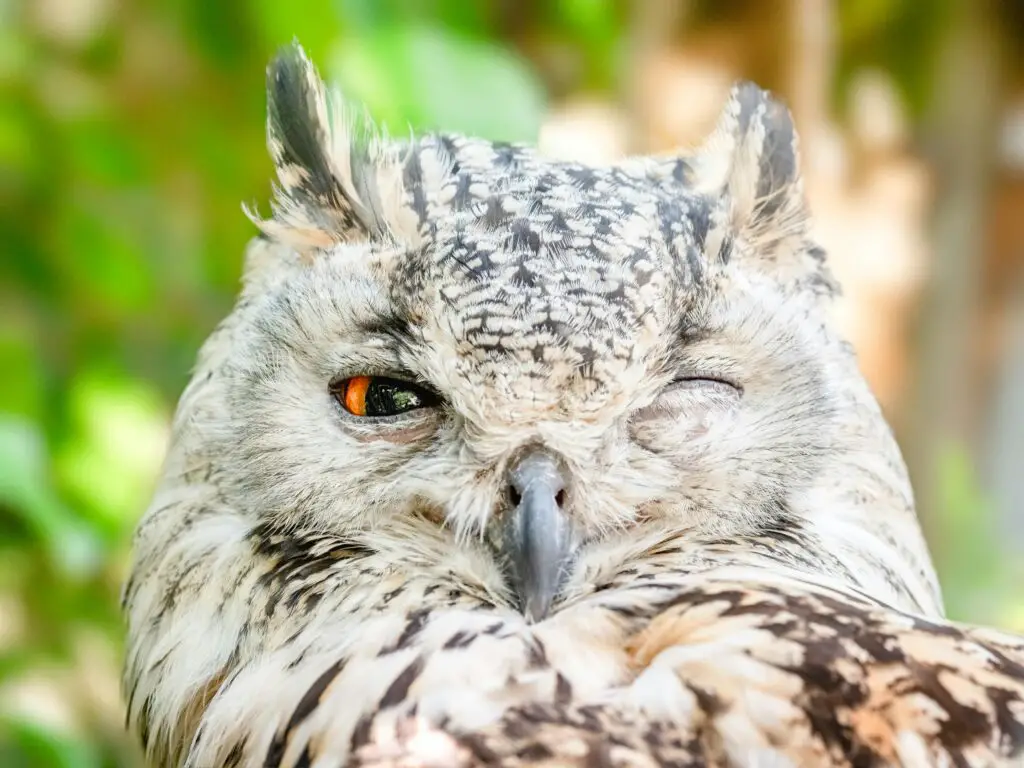
In some traditions, owls weren’t just birds, but transformed beings. People believed they could shift into humans, spirits, or even monsters. Tales warned that if you saw an owl at night, it might not really be a bird at all, but something disguised. The sudden appearance of an owl near a village sparked stories of curses and supernatural interference.
This myth spread easily because owls are so rarely seen during the day. Their mysterious nighttime lives made them perfect candidates for tales of transformation. Generations of families whispered about people who supposedly became owls under the cover of darkness. Instead of viewing them as part of nature, people treated them as uncanny impostors. It blurred the line between folklore and fear, ensuring owls remained shrouded in suspicion.
8. Owls and Weather Omens
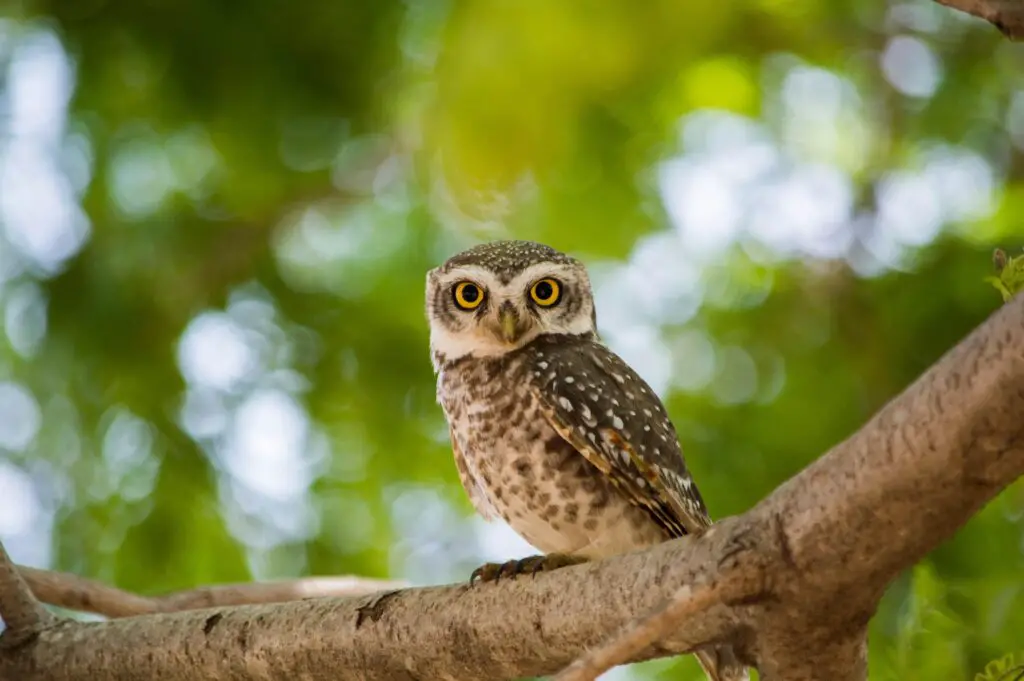
Many farmers once believed owls could predict storms or bad weather. If an owl hooted in a certain way, people said it meant rain was coming. Others thought multiple owls calling at once signaled a long winter ahead. Their behavior was carefully studied as if they were prophets of the skies. Villagers even adjusted travel or farming plans based on owl sightings.
Generations of agricultural communities leaned on this belief, especially before modern forecasting. Hearing an owl near a barn could spark both relief and dread, depending on what people thought it meant. The myths turned owls into walking barometers, exaggerating their natural instincts into mystical powers. This made them both useful and frightening, depending on the story. It gave them a role in everyday survival, even if based more on legend than fact.
9. Owls as Kidnappers of Children
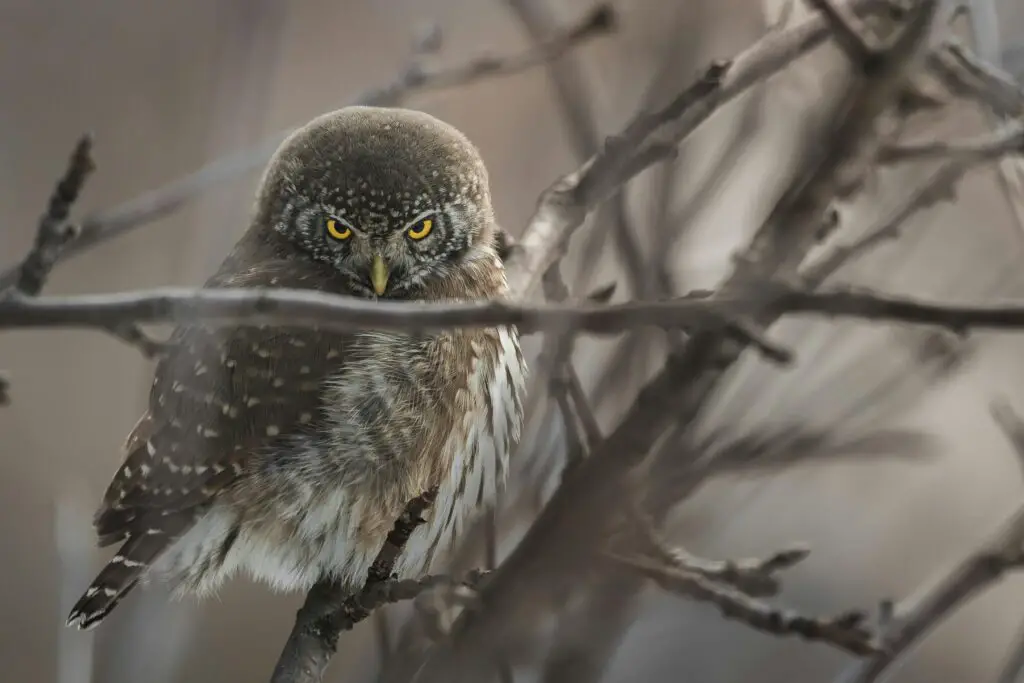
In some chilling myths, owls were said to snatch children away. Parents told stories of owls carrying misbehaving kids into the forest at night. The wide wings and strong talons of these birds were exaggerated into dangerous tools of abduction. Children grew up terrified of even hearing an owl’s call in the dark.
This story carried on for generations as a way to keep little ones indoors after sunset. The myth made owls into bogeymen of the natural world. Instead of being admired for their skill as hunters, they became predators of children in people’s imaginations. These tales often mixed with real fears of losing children to wild animals or the dangers of wandering too far. Owls became scapegoats, embodying those anxieties.
10. Owls as Keepers of Secrets
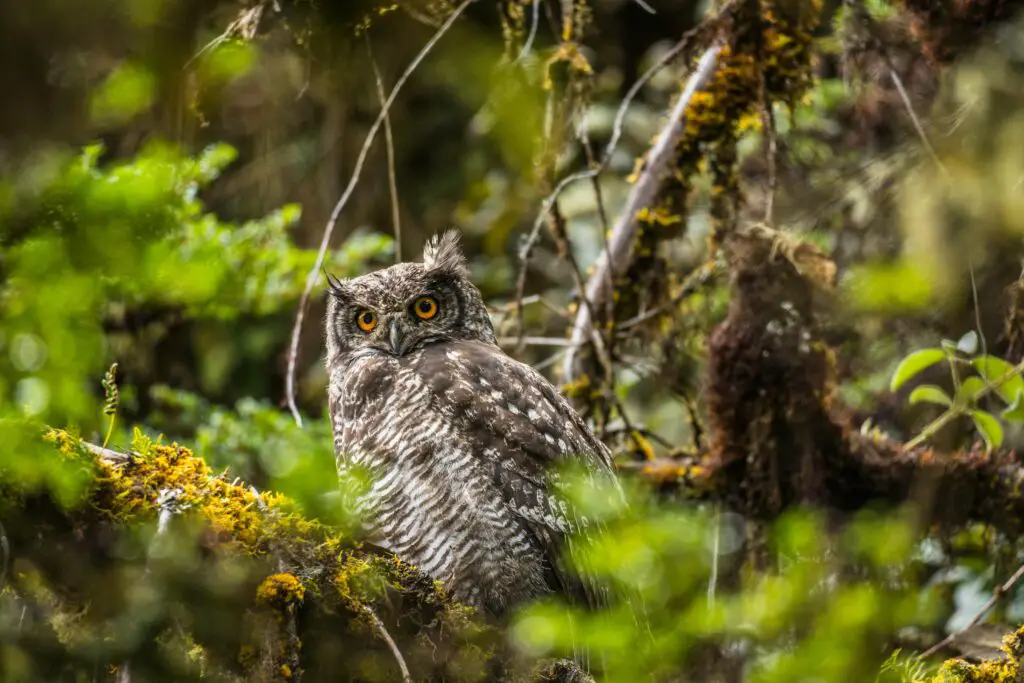
Some stories gave owls a mysterious role as keepers of hidden knowledge. People thought their nightly hoots were coded messages only the wise could understand. Legends claimed that witches, shamans, and healers spoke to owls for guidance. Children were told the birds had the answers to questions no human could solve.
Generations grew up seeing owls as both frightening and wise. This dual reputation added to their mystique, leaving them perched somewhere between sacred and cursed. While some cultures revered them, others feared the secrets they might reveal. The myth made their presence unsettling because it suggested they knew more than mortals. Owls became symbols of things people weren’t meant to uncover.
11. Owls as Soul Guides
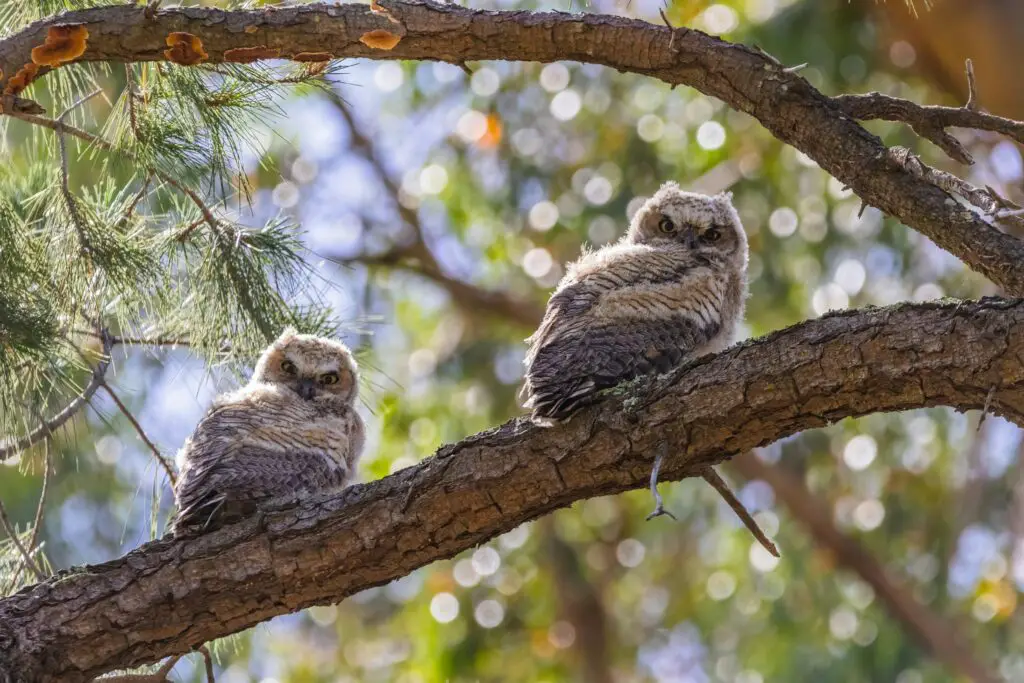
In certain traditions, owls were believed to guide souls into the afterlife. Their sudden calls in the night were seen as signals of a journey beginning. Families believed that when someone passed, an owl would appear to help lead the spirit across. This gave their haunting cries a very spiritual significance.
Generations repeated the idea that owls were liminal beings, standing at the threshold of life and death. Their nocturnal habits and ghostly calls gave weight to these beliefs. Instead of simple predators, they became psychopomps in cultural imagination. This myth added both comfort and dread, depending on perspective. Some saw it as peaceful guidance, while others felt it was a chilling reminder of mortality.
12. Owls as Portents of Illness
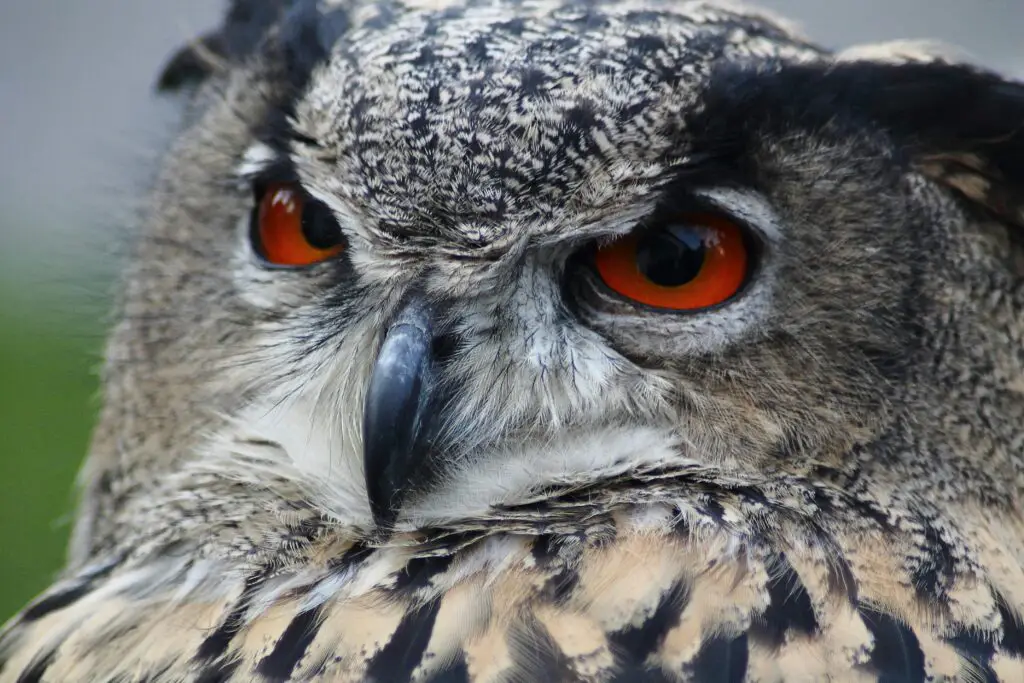
Long before people understood disease, some believed owls foretold sickness. If one landed on a roof or lingered outside a window, it meant someone inside would fall ill. The belief often grew stronger during plagues, when the natural cries of owls coincided with widespread suffering. Their night calls became linked with invisible threats that no one could explain.
This myth stuck because illness often struck suddenly, making it easy to tie symptoms to a recent owl encounter. Families passed the warning down through generations, convinced the birds carried a curse. Instead of studying medicine, people placed blame on the creatures circling their villages. Owls became wrapped in fear, associated not only with death but with the suffering that came before it. These stories show just how much power myths can hold when fear fills the gaps of understanding.
